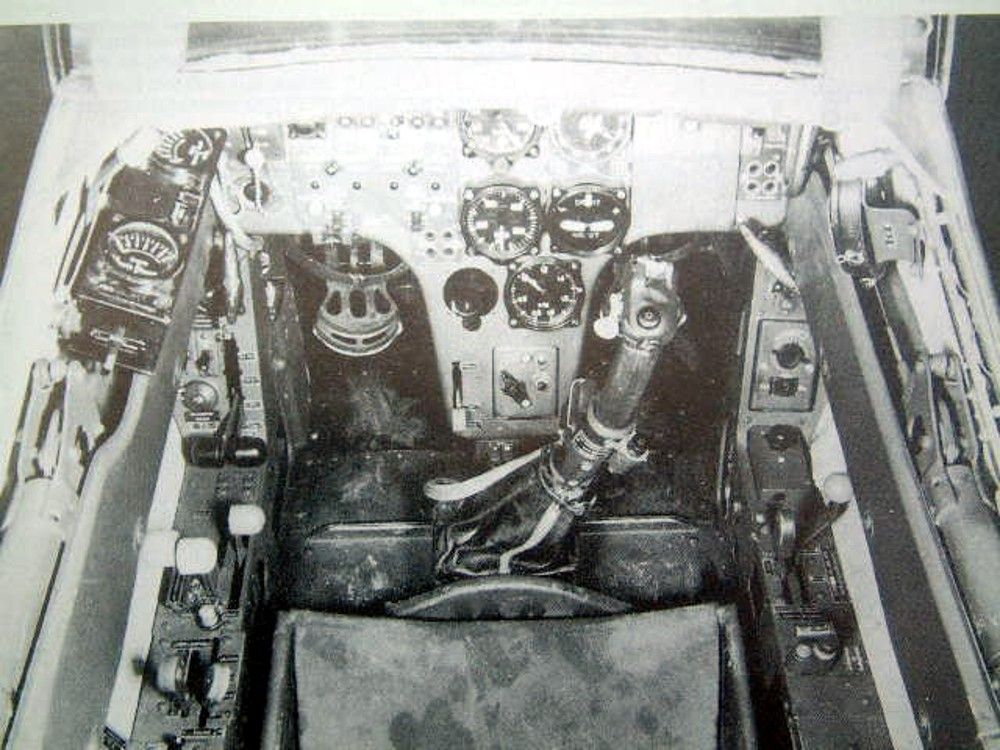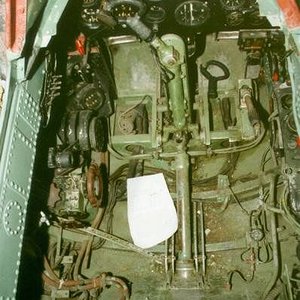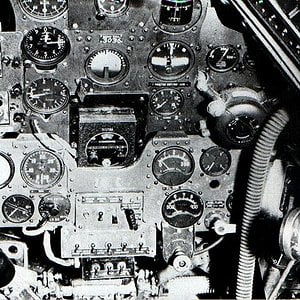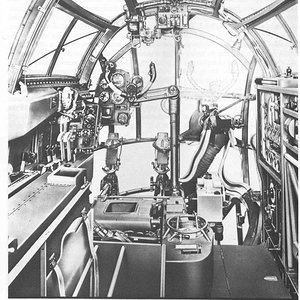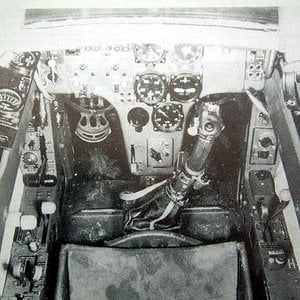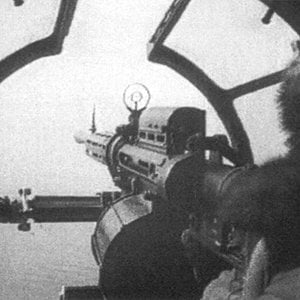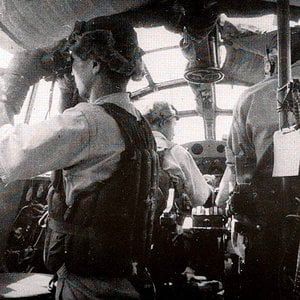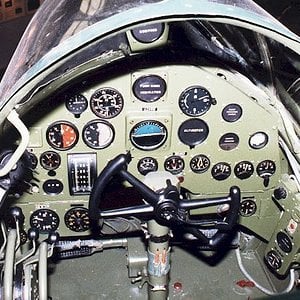Navigation
Install the app
How to install the app on iOS
Follow along with the video below to see how to install our site as a web app on your home screen.
Note: This feature may not be available in some browsers.
More options
You are using an out of date browser. It may not display this or other websites correctly.
You should upgrade or use an alternative browser.
You should upgrade or use an alternative browser.
By the middle of the 1930s, the idea of using aircraft against ground targets had been widely understood to be of little use other than hurting enemy morale. Experiences during World War I had demonstrated that attacking the combatants was generally much more dangerous to the aircraft than the troops on the ground, a problem that was only becoming more acute with the introduction of newer weapons. For much of the 1920s and 1930s, the use of aircraft was seen primarily in the strategic and interdiction roles, where their targets were less likely to be able to fight back with any level of coordination. For high-value point targets, the dive bomber was the preferred solution.
The German Condor Legion experience during the Spanish Civil War turned this idea on its head. Though equipped with generally unsuitable designs such as the Henschel Hs 123 and cannon-armed versions of the Heinkel He 112, their armament and pilots proved that the aircraft was a very effective weapon even without bombs. This led to some support within the Luftwaffe for the creation of an aircraft dedicated to this role, and eventually a contract was tendered for a new "attack aircraft".
Since the main source of damage would be from rifle and machine gun fire from the ground, the plane had to be heavily armored around the cockpit and engines. Similar protection was also needed in the windscreen, which required 75 mm (2.95 in) thick armored glass. The aircraft was expected to be attacking its targets directly in low-level strafing runs, so the cockpit had to be located as close as possible to the nose in order to see the ground. One last requirement, a non-technical one, ended up dooming the designs: the RLM demanded that the aircraft be powered by "unimportant" engines of low horsepower that were not being used in other designs, so the plane's production would not interfere with that of other types deemed more essential to the war effort.
Four companies were asked to respond, and only two of the resulting three entries were considered worthy of consideration: Focke-Wulf's conversion of their earlier Fw 189 reconnaissance plane, and Henschel's all new Hs 129.
The German Condor Legion experience during the Spanish Civil War turned this idea on its head. Though equipped with generally unsuitable designs such as the Henschel Hs 123 and cannon-armed versions of the Heinkel He 112, their armament and pilots proved that the aircraft was a very effective weapon even without bombs. This led to some support within the Luftwaffe for the creation of an aircraft dedicated to this role, and eventually a contract was tendered for a new "attack aircraft".
Since the main source of damage would be from rifle and machine gun fire from the ground, the plane had to be heavily armored around the cockpit and engines. Similar protection was also needed in the windscreen, which required 75 mm (2.95 in) thick armored glass. The aircraft was expected to be attacking its targets directly in low-level strafing runs, so the cockpit had to be located as close as possible to the nose in order to see the ground. One last requirement, a non-technical one, ended up dooming the designs: the RLM demanded that the aircraft be powered by "unimportant" engines of low horsepower that were not being used in other designs, so the plane's production would not interfere with that of other types deemed more essential to the war effort.
Four companies were asked to respond, and only two of the resulting three entries were considered worthy of consideration: Focke-Wulf's conversion of their earlier Fw 189 reconnaissance plane, and Henschel's all new Hs 129.

